vintage cameras index home
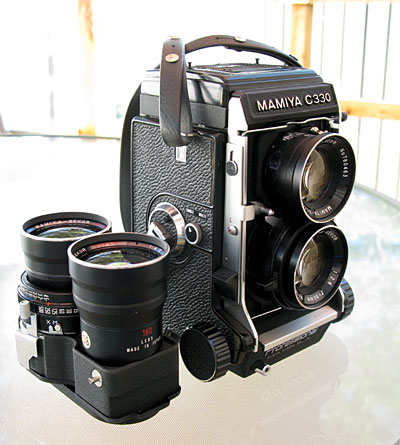
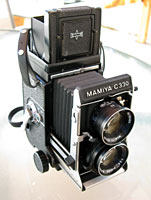
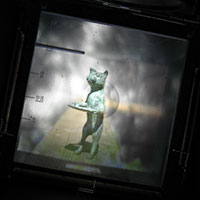
The Japanese company introduced this unique line of medium format twin-lens reflex cameras clear back in 1956, with the Mamiyaflex having interchangeable lenses and an extendable bellows which allowed for close-up work without supplementary lenses. Later models added features such as crank film advance and parallax correction. Useful accessories included eye-level prism finders, hand grips and paramenders. All of the interchangeable lens sets had their own leaf shutters.
Because of its size and complexity the C330 demands a much more deliberate style of shooting than most of my other medium-format cameras including the folders, box, and twin-lensed cameras. Without considerable familiarity with the camera's controls, it can seem quite awkward in use. I suspect it would be much more comfortable to shoot if I had some of the main accessories such as the hand grip and the prism finder. Even without those aids, however, it is an instrument with intriguing possibilities.
For me, the capacity of the C330 to work very close to the subject in medium format is the most attractive feature of the camera. Cranking out the bellows to the maximum puts the front lens to just about seven inches from the subject. A moving bar on the left side of the viewfinder automatically shows the top of the frame as seen at the film plane through the taking lens. The same bar also indicates the exposure compensation value required to match the selected bellows extension. For precise framing at the closest focal distances, one really needs the paramender attachment which lifts the camera the exact distance parallel to the film plane which is needed to put the taking lens in the same position originally occupied by the viewing lens.
I have added some accessories to the kit including a paramender, an eye-level poroprism, and a left-side handgrip. They all contribute to making the camera more practical for field use, but it is still a beast to handle. The latest results from the kit including some color work will be found on my blog.
The Mamaiya C330 Manual is at the Butkus site.
Below are some C330 sample images:
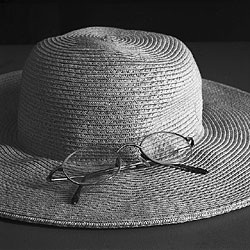
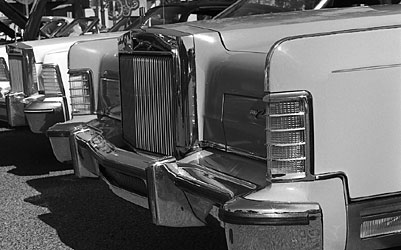
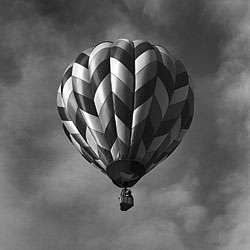
vintage cameras index home
 © mike connealy
© mike connealy